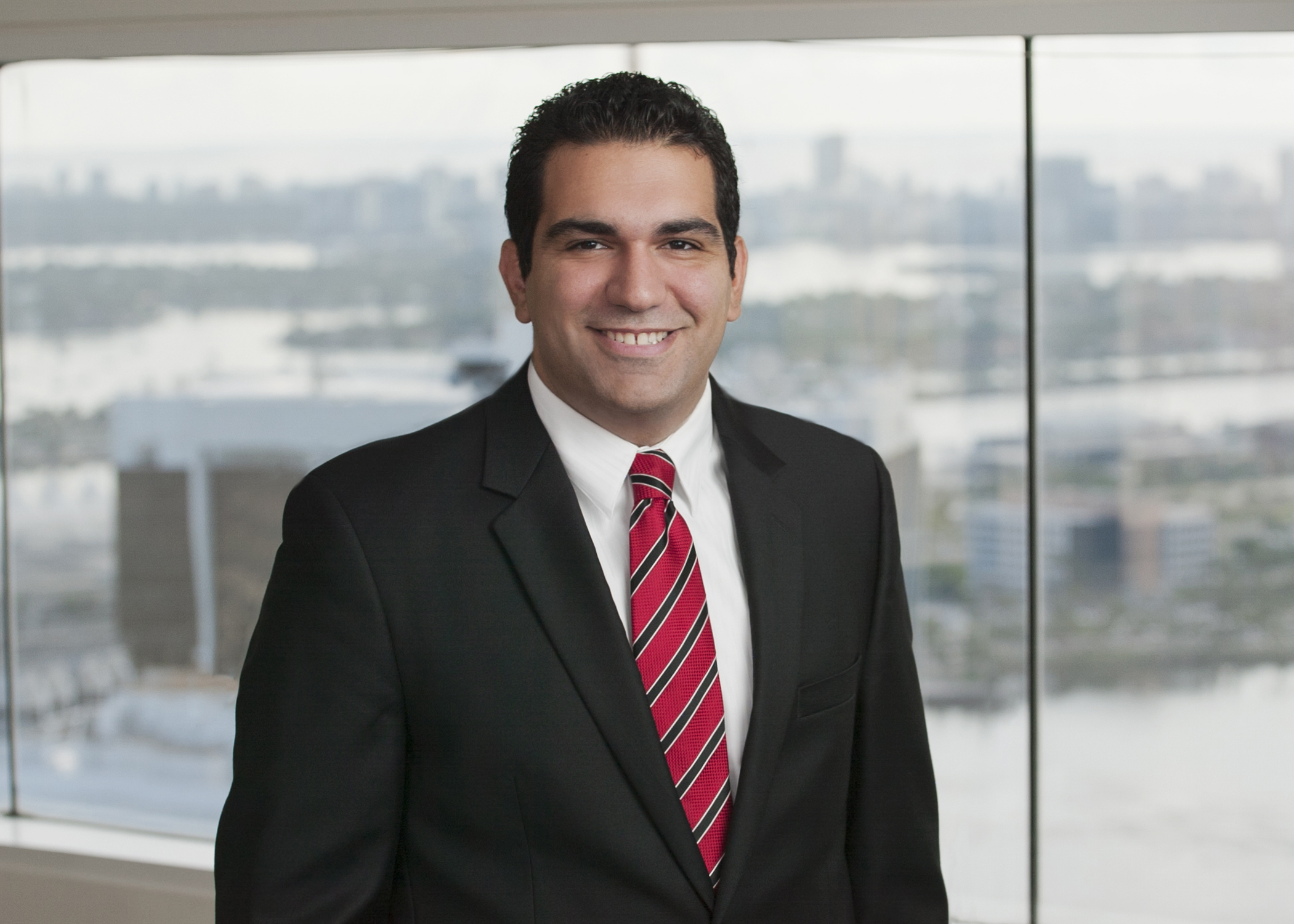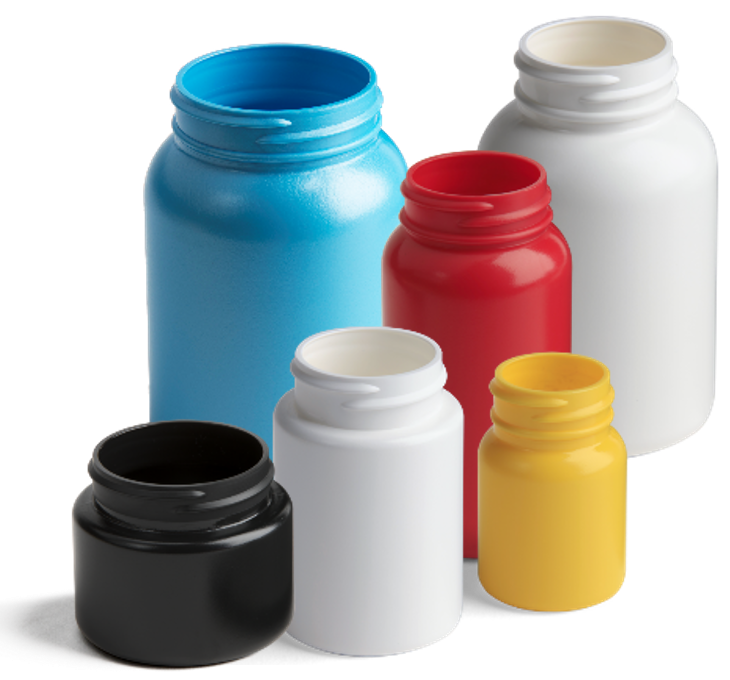There have been many significant developments this summer in Europe that will shape the debate about reform and the legal cannabis market that trails it, for at least the next year. Here is Cannabis Industry Journal’sroundup of our biggest events and trends over the summer so far.
Medical Sales Across Europe Are Slow
In Germany, it is easy to maintain a fairly ballpark understanding of patient count. Find the number of prescriptions issued in the trade press and divide by four. Everywhere else, however, the true realization of what is going on across Europe is slowly starting to hit everyone outside producers wanting to know what is going on.Establishing territorial footprint has been what the race in Europe has been all about since mid 2016 for the Canadian LPs so far.
This is going to start to hit stock prices soon beyond the wobbles already evident in the market thanks to this summer’s breaking industry scandals (CannTrust, lawsuits in every direction) to lack of financial performance for investors (Bruce Linton’s firing from Canopy). It is becoming increasingly obvious to everyone that just because a public Canadian company issues a press release about a (cultivation, import, export or processing) “event” does not mean anything other than a slew of social media telling everyone about it. The frustration with “forward looking” statements has hit European investors big time, from the retail to the institutional kind.
Despite a lot of press releases in other words, which clearly show market penetration, there is not much else going on from the sales perspective when it comes to growing those first numbers. Establishing territorial footprint has been what the race in Europe has been all about since mid 2016 for the Canadian LPs so far.
However, from an industry, if not investor and of course, patient perspective, patient numbers are what really count. And unlike Canada, where patients remain the biggest existential threat to the industry, the same industry may not sign them up or ship to them directly in Europe. For several reasons.
Germany is still the only country in Europe with a significant patient count, and while growing, slowly, is still a group where 2/3 of patients obtain dronabinol. It should shock nobody that the most accurate patient count right now in the UK is hovering somewhere under 20. For the whole country, 9 months after the law changed. While the peculiarities of Brexit are also in the room, this is so far, compared to U.S. state markets, Canada, Israel and Germany before it, pathetic.
The Industry Says It Supports Patients…But Does It?
There are several levels to this debate which start with the still appallingly high level of price gouging in the room. 2019 and certainly this summer is a time when the Canadian companies are clearly learning that European governments negotiate for drugs in bulk. Even (and especially in the near future) this one. See the difference between the EU and the US.
 The level of industry promotion vs patient access recently reached a new nadir this summer when it emerged that despite a great deal of interest, more people showed up (by far) to the week-long cannabis industry conference (European Cannabis Week in London in June) than there are legitimate patients in the UK right now.
The level of industry promotion vs patient access recently reached a new nadir this summer when it emerged that despite a great deal of interest, more people showed up (by far) to the week-long cannabis industry conference (European Cannabis Week in London in June) than there are legitimate patients in the UK right now.
That is about to change, but so far, industry support for trials has not materialized. When the various trials now being planned do get going, look for new battles over a couple of issues, starting with patient access to and control of their medical data.
Novel Food: The Regulation That Keeps On Giving
The issues involved in this discussion are complex, certainly by North American standards. This of course starts with the fact that there is no such regulation on the continent. But also rapidly bleeds into puncturing the amount of hot air entrepreneurialism there is in the room.

The CBD market in Europe that everyone got so excited about in investor releases, in other words, is basically dead for the time being. Yes, there are a few smart niche players weaving around the regs, but it is a full-time job.
Here is the reality: Since Christmas last year when Austria put the kabosh on all products containing the cannabinoid CBD, several major countries have weighed in on the issue. It is not going away. And it is here to stay, even after recreational.
Political Advocacy Is Stirring In Europe
Whether it is the vagaries of Brexit, the discussion across the continent about how the EU will work together, right wing populist screeds about “too much regulation” or national elections, cannabis is in the room from now until the end of at least 2021 as one of the hottest global political issues under the sun. That includes of course, a discussion about global climate change, sourcing, pricing and resource use so far unaddressed but rapidly looming.

Further, patients are still having a voice – whether it is making sure that their children obtain imported CBD, or that they can obtain their own THC prescriptions without going bankrupt or having to solicit in the black market.
Cultivation Bids Looming?
One of the surest signs yet that the German authorities at any rate, are in no mood to solve the cultivation issues still on the ground and the bid itself, is that the government just renegotiated, for the second time since last fall, the amount of medical cannabis to come over the Dutch-German border. Who is going to go next? With the Italian hybrid now done and dusted, Poland is likely to be next. And when that happens, expect a raft of similar initiatives across Europe. But probably not until then.
And in the meantime? Distributors are looking for product. The demand is clearly there. But across Europe this summer there is a clear sense that the hype machine that has been the industry’s mouthpiece is at minimum overenthusiastic about the bottom-line details behind it all.






































